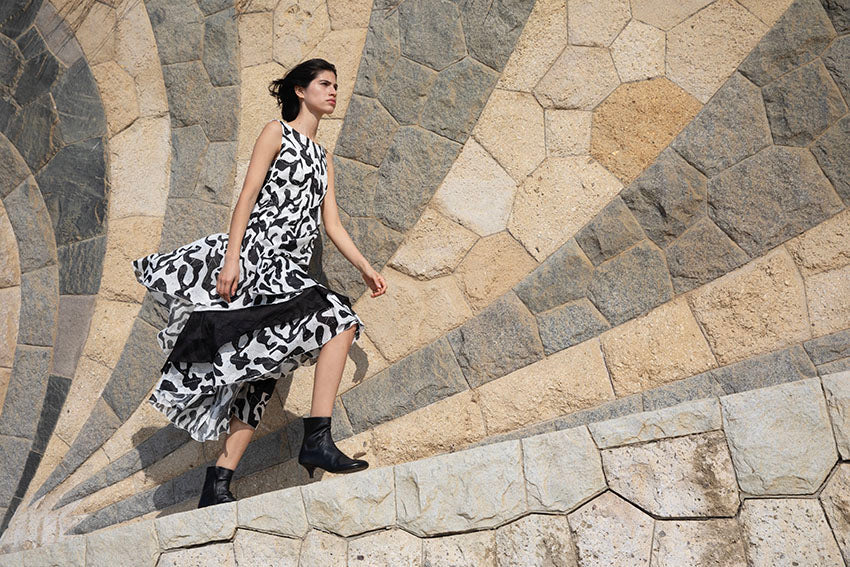The language of Quality

The definition“ultra-fast fashion” has been circulating for some time now to describe a business model of fashion involving an extremely rapid production cycle.
This mechanism has been—rightfully—heavily criticized for its unsustainable and unethical practices, as well as for prioritizing low prices and mass replication over quality and durability.
Yet, I see the other side of the coin: the enormous, fast-growing demand among shoppers for the latest trends at a much accessible price point and a comparable pace of consumption and disposal of these garments.
Rumor has it we simply can’t get enough of fashion when it comes to expressing our identity. And why not? Hasn’t clothing always served as much for communication as for function?
In today’s interconnected world, self-expression through what we wear has become both a way to belong and a way to stand apart. Yet, in my view, when we indulge in fleeting trends, we lose something valuable: the ability to choose well. It’s a practice we’ve largely forgotten—one I find deeply satisfying—because it engages both desire and thought.
Shape, color, fabric, and yarn — each element of garment creation serves as an exciting motivation that guides the design process. For me, the emotional experience of designing is just the beginning of the creative journey. Only when a garment resonates with the contemporary moment do I know the design is ready.
Similarly, for the client, the decision to select a piece — whether off the rack or with a click — should be driven by what feels fresh and exciting today. Yet true desirability must go hand in hand with quality. A garment only becomes a lasting staple in the wardrobe when fabric, craftsmanship, and design are all approached with thoughtfulness, expertise, and meticulous care. If the quality of craftsmanship is inconsistent, the garment will inevitably disappoint.
Likewise, if the design relies solely on the fleeting appeal of a trend, it will quickly feel outdated.
We live in a fast-paced world, and too often we find ourselves reacting rather than acting. Shopping becomes a quick emotional response to external stimuli, rather than a thoughtful and enjoyable experience. MATTHILDUR and M x M are brands that aim to invite women to reflect on what they truly want — pieces that make them feel good about themselves, where clothing becomes a quiet ally in expressing identity beyond seasons and trends. Building a relationship is, ultimately, a matter of daily affirmations — and clothing can only hope to speak to us through its quality in both design and materiality.






